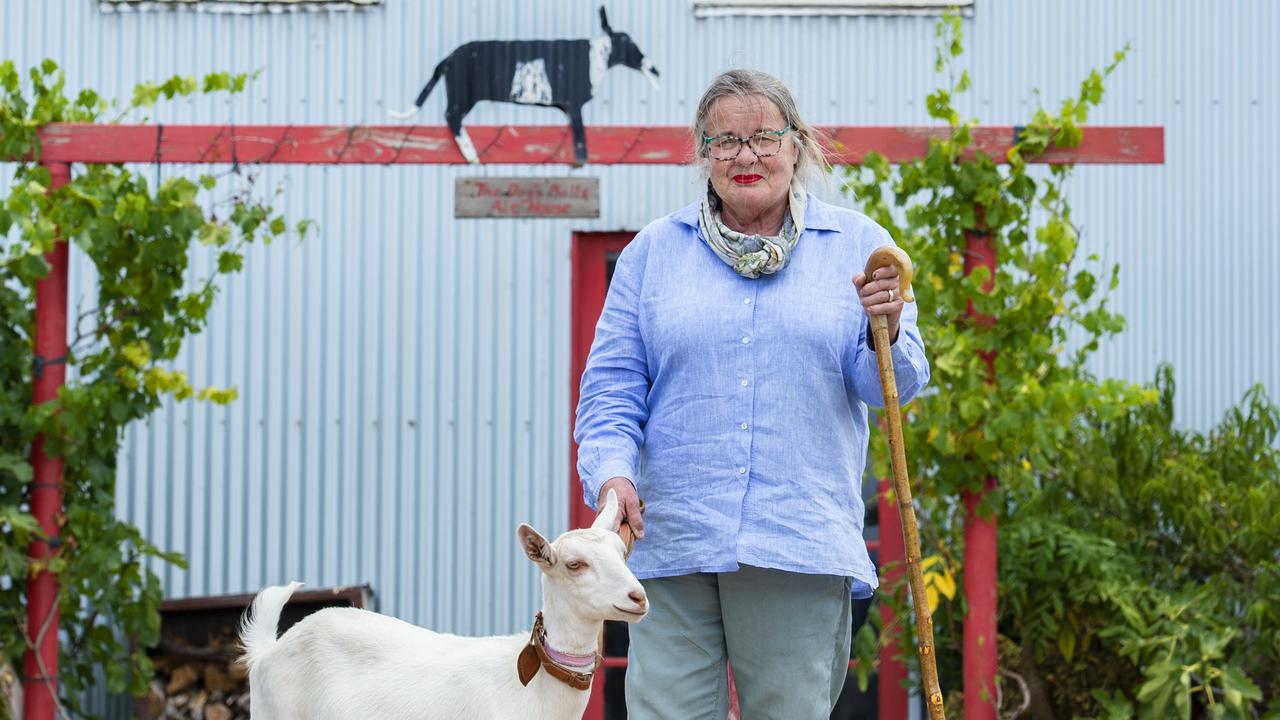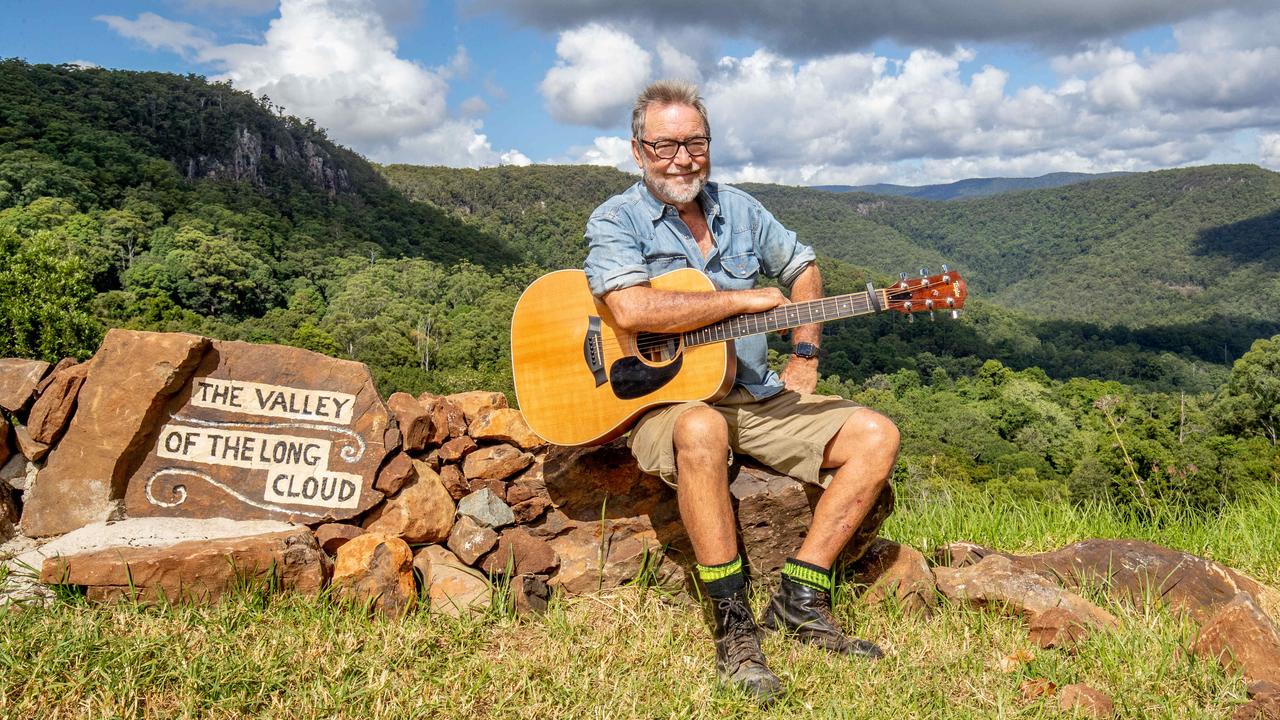Nhill in western Victoria played a big, but largely unknown, role in World War II
THERE aren’t too many small rural towns that can rattle a tin and fundraise $300,000 for a community cause.
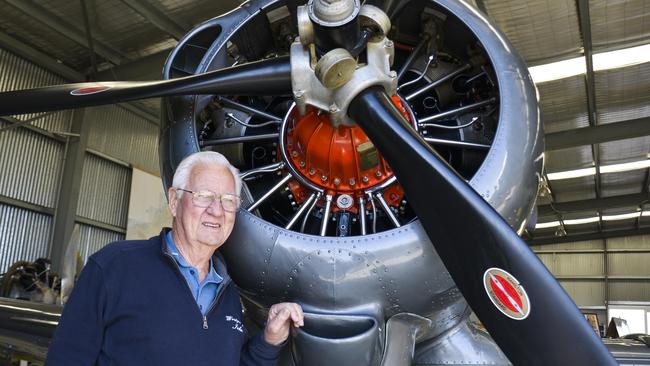
THERE aren’t too many small rural towns that can rattle a tin and raise $300,000 for a community cause.
But that’s what happened in western Victoria’s Nhill over the past two years when the town’s Aviation Heritage Centre put out a call to locals to buy a restored Australian World War II military training aircraft, a Wirraway.
“We’ve already had a call from Deniliquin asking how we raised so much money in a short time,” appeal convener John Deckert says.
“We had letterbox drops, a public launch and several events, as well as large individual donations, including $15,000, but not one cent from government.
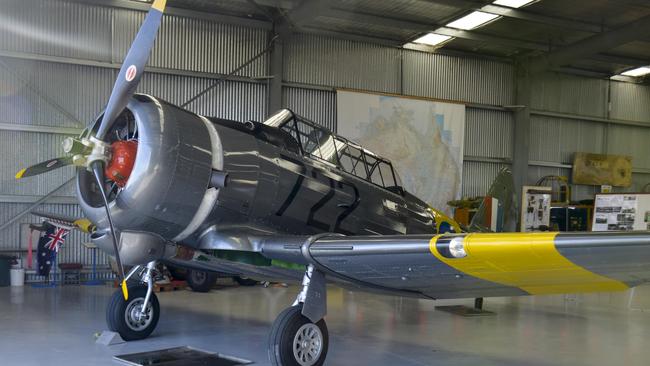
“There were 35 training bases across Australia in World War II and Nhill was one of them. The aim of the heritage centre is to recreate that and so local people feel it’s not just their Wirraway, and their heritage centre, but their history that’s important to Australia.”
Nhill Aviation Heritage Centre president Rob Lynch says the official handover of the Wirraway in April was symbolic of the community’s support for the decade-old heritage centre and more broadly the town’s aviation history, which is largely unknown by the broader public.
“Seven airmen lost their lives in training flights at Nhill and are buried in war graves in Nhill cemetery,” Rob says. “There’s something about that which hits home for me. It would have caused so much angst in people’s hearts locally and there were seven families out there who would have been devastated.”
Rob says even before Nhill became a World War II RAAF air school, the town had a strong aviation history.
The first plane to arrive in Nhill was in 1919, when a de Havilland DH6 landed on the racecourse.
“After that the town became a refuelling base for aircraft because of its central position between Melbourne and Adelaide,” Rob says.
Pioneering English aviator Amy Johnson landed in Nhill in 1930, as did early Australian aviator Sir Charles Kingsford Smith in the 1920s.
“Apparently one of the locals paid 10 pounds to go on a joy flight with him,” Rob says.
In 1938, Nhill aerodrome became a vital cog in a national network when it became host to an air radio station, providing communications and navigation support for an increasing amount of civil aircraft. “We believe this is the only aeradio left in Australia. The mast is no longer here, but the buildings are and we plan to slowly renovate them and eventually open them to the public,” Rob says.
But he says Nhill firmly cemented itself in aviation history when the town successfully applied to host the RAAF training school for five years from 1941. “The town was chosen because it was sewered, the railway was close to bring in troops, and it was surrounded by desert with flat terrain and no mountains to run into.”
Rob says research indicates up to 10,000 air personnel came through the base, with up to 800 accommodated at any one time in a range of buildings. Only one hangar remains from the original five.
“Big dances were held with locals and so many marriages followed,” Rob says.
After the war ended the aerodrome remained, initially looked after by the Wimmera Aero Club that formed at Nhill in 1946.
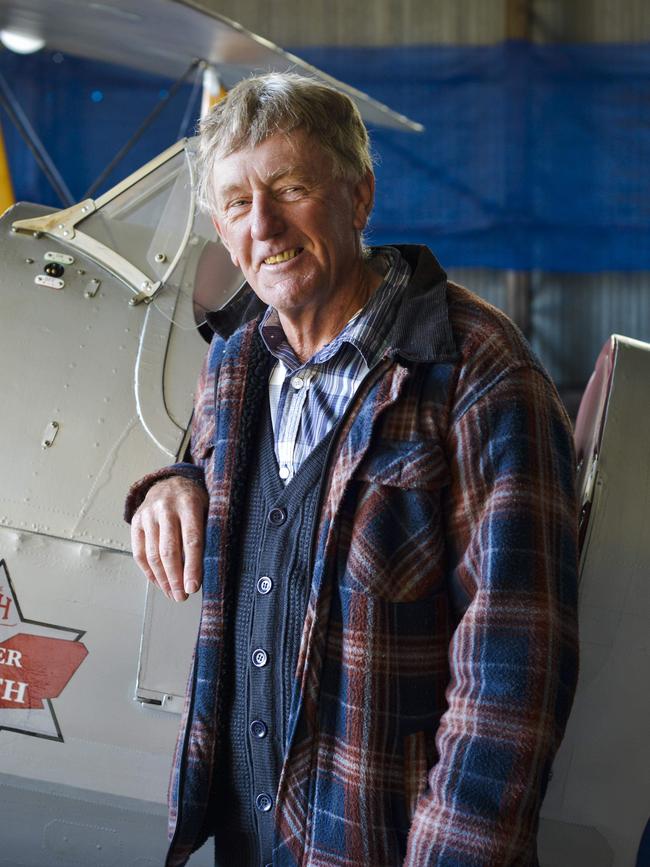
Now owned and managed by the Hindmarsh Shire Council, the airport hosts a range of users, from aerial crop-spraying firms to air ambulance, Victoria Police, Angel Flight and even surgeons for West Wimmera Health.
Next to the original World War II hangar is the Nhill Aviation Heritage Centre collection, whose focus is on the war years. The centre is open to the public on weekends and public holidays. The centre’s main attraction are the three planes on display, including the recently acquired $300,000 rare Wirraway, built over two decades by an aircraft engineer from the Mornington Peninsula.
“The Wirraway was an Australian-built plane and we believe this is the best restored in Australia. It’s a piece of Australian history come back to life,” the 63-year-old says.
“But we won’t be flying it, we’ll start it up and taxi it around, but the insurance to fly it costs too much.”
The centre also has two other planes, including a de Havilland Tiger Moth, privately owned and stored at the centre for public display.
Its first purchase, not long after the centre began a decade ago, was a British twin-engine Avro Anson, the plane recruits were trained on.
“We were given a skeleton of the plane and a volunteer, Mick Kingwill, has worked non-stop since to rebuild it. He’s a genius — we reckon he’s put 10,000 hours into it.
“It’s not been easy to get the centre off the ground but a lot of work has fallen into place for us, like it’s meant to be.”

